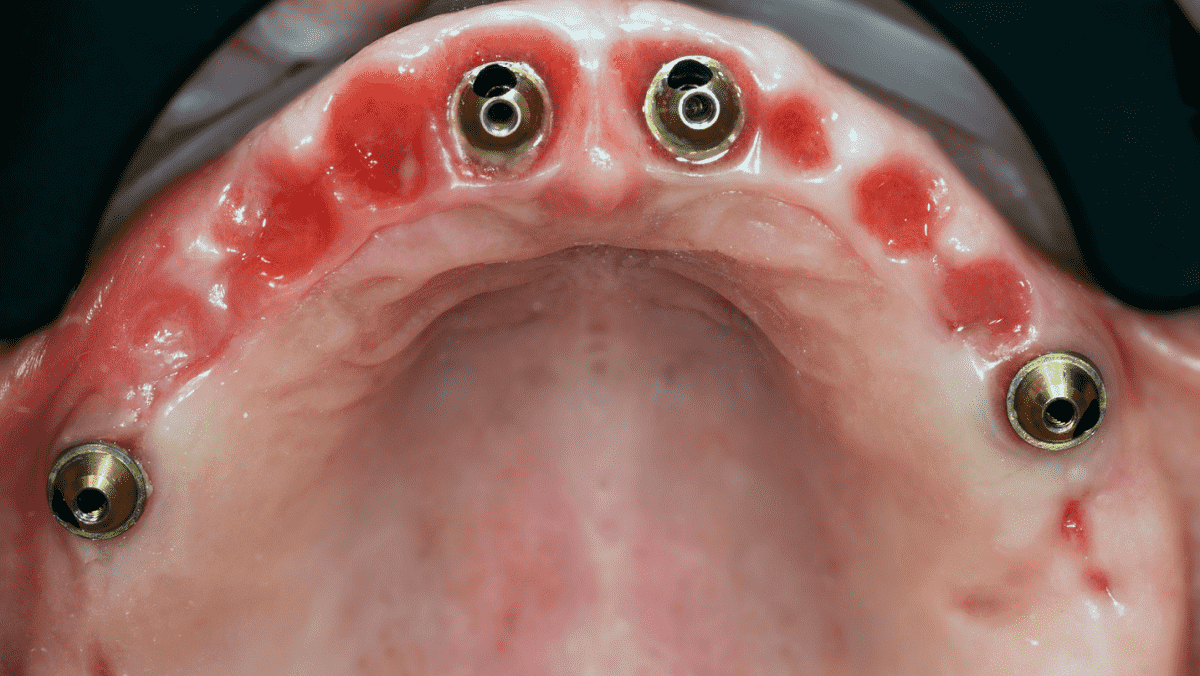All-on-four Dental Implants: Procedure & Recovery
- - Category: Dental Care
- - 22 Jun, 2022
- - Views: 124
- Save

Many aspects and reasons like accidental impact, advanced stages of tooth decay or other oral health problems can lead t
Many aspects and reasons like accidental impact, advanced stages of tooth decay or other oral health problems can lead to tooth loss which can hamper the speech and chewing ability causing a big dent in a person’s self-confidence.
A revolutionary technique All-On-Four Dental Implants can help resolve the issue, restoring the full function of the mouth.
All-on-4 Implants do not require difficult procedures like nerve repositioning and bone grafts and they facilitate the placement of four to six implants per arch with two placed vertically in the front of the mouth and two to three at an angle in the back of the mouth.
In fact, maximizing the use of the existing structure of All-on-4 implants encourages bone regeneration.
There are many other benefits of All-on-4 Implants:
- Immediate Function
- Easy to clean
- Almost no need for lengthy bone grafts
- Relatively less expensive
- Less Complex Surgery
What Kind of Consultation and Examination Is Needed for All-On-4 Implants?
The doctor takes a detailed review of the patient’s dental health, inquiring about past medical history. Some X-rays and digital 3D scans are performed along with an extensive physical examination of the mouth.
These investigations help the dentist establish an understanding of the patient’s dental health and gain clarity about the type of outcome expected by both patient and the doctor.
What Is the Pre-Procedure & Preparation for All-on-4 Implants?
After ensuring the eligibility of the patient for All-on-4, the next phase of the treatment is initiated by taking several measurements to plan out the arrangement, shape and orientation of the replacement teeth.
These measurements like the height of the natural gum lines, the extent of any overbite or under-bite, and the amount of ridge reduction needed help to ensure the perfect fit and optimum comfort and the greatest stability between the implants and the prosthesis.
How Is All-on-4 Dental Implants Surgery Performed?
The accurate natural distance between the top and bottom jaws of the patient is measured and marked by the oral surgeon at Morgan Hill Dentistry to make sure that this distance is maintained at the end of the procedure too.
This helps to maintain facial contour and jaw to the original shape after the procedure.
Performed under sedation, the surgery removes any remnants of previously lost teeth and excess or damaged gum tissues.
Making an incision along the length of the ridge on both the top and bottom jaws, the jawbone is exposed for ridge reduction.
Ridge Reduction is done to create enough space for a natural look and feel for the patient. It involves removing a specific portion of bone material from the top and bottom jaw to accommodate the replacement tooth prosthesis.
The remaining bone is then smoothed and prepared for the insertion of the dental implants.
Marking all insertion points on the surface of the bone the placement of the implants begins by drilling pilot holes at exact angles to achieve and ensure maximum endurance & stability.
After the implants have been inserted and tightened, the surgeon replaces the gum tissue around the implants, closing all incisions.
At this step, the mounting posts (abutments) for the replacement tooth prosthesis are connected to the ends of the implants.
The contact points of the abutments and the temporary prosthesis are marked, drilled and tested to ensure a secure fit.
Securing of a temporary prosthesis in place using mechanical fasteners is done and the holes are filled and sealed properly. The bite pattern is checked to end the process.


